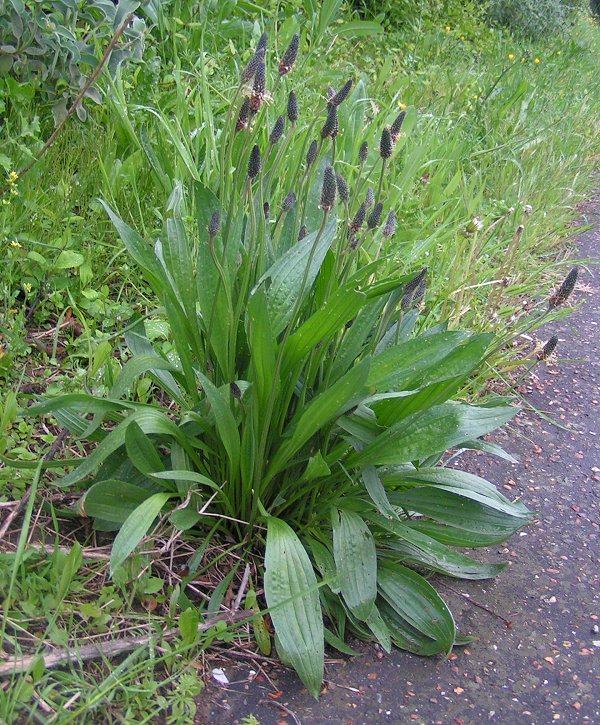An experiment was conducted to investigate amylase activity. The contents from a section of gut from a mouse were obtained and then added to a starch solution (which was at pH 6.9 and kept in a 30°C water bath). Every three minutes samples were removed and added to separate test tubes containing a diluted iodine solution. The colour intensity for each sample was determined. Figure 1 below shows the results.
Figure 1

Describe and explain the results seen in Figure 1.
Sketch two labelled curves on Figure 1 to show the predicted results of the experiment if it was carried out at:
i) pH 1.8
ii) 45 °C
Explain how lowering the pH affects the activity of the enzyme amylase.
Explain how increasing the temperature to 40 °C affects the activity of the enzyme amylase.
Did this page help you?


